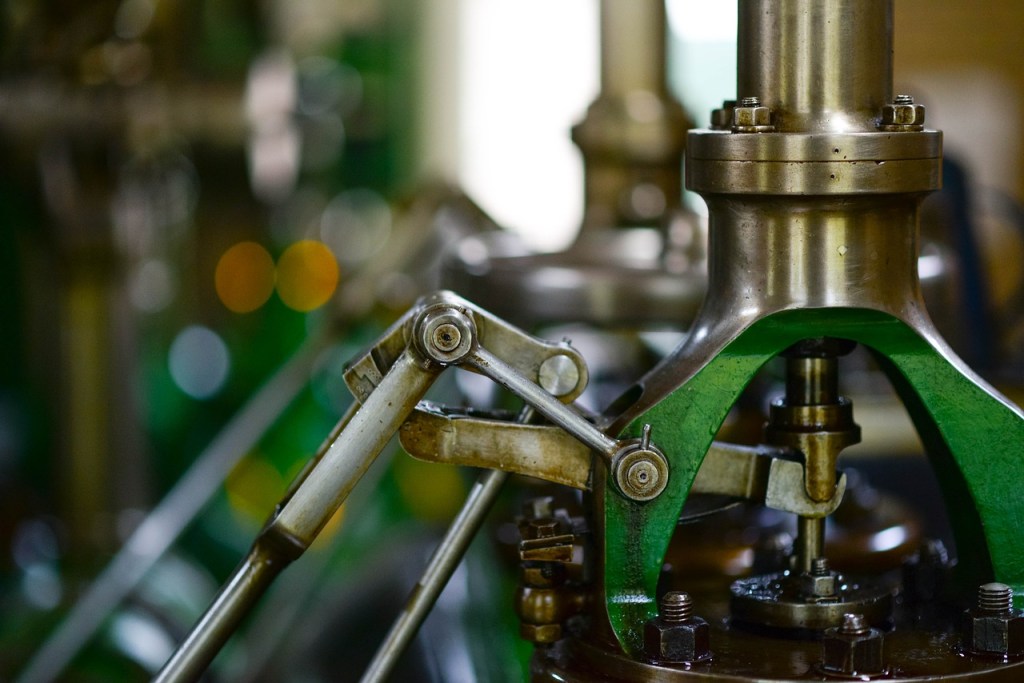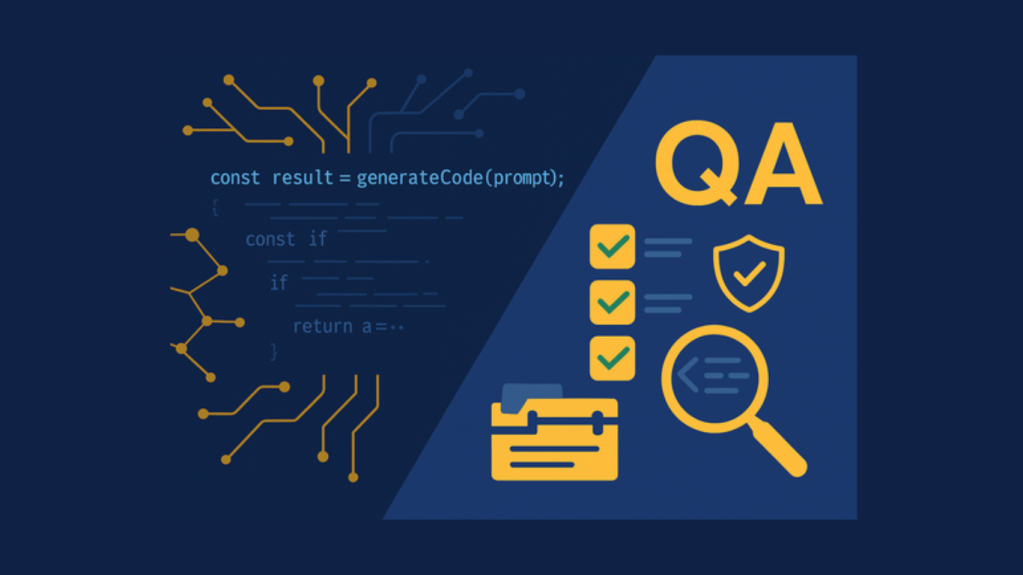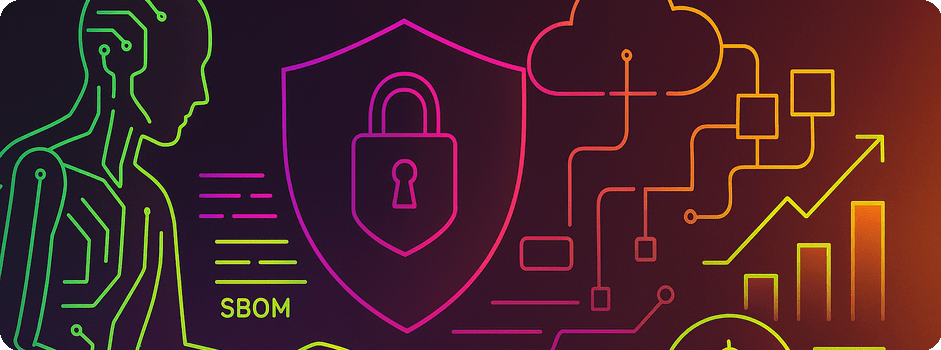Historically, manufacturing largely has lagged behind other areas when it came to technology adoption. The current set of advancements, however, are what manufacturing companies need to stay competitive in their space.
The digital transformation of manufacturing companies is driving both greater efficiency and higher productivity in the space. The traditional reason for operations delaying technical adoption in manufacturing was largely related to cost. While some of the pieces leading to a digitally transformed manufacturing business may require an initial outlay of funds, the overall cost of solutions is lower than it’s ever been.
There are many reasons manufactures should be planning digital transformation initiatives today. There are four key elements, however, that are the biggest drivers of change.
Driving Digital Transformation in the Manufacturing Space
The core of digital transformation is leveraging technology to improve business agility while removing tedious and risky manual tasks from employees. This allows businesses to use existing team members more effectively and giving them opportunities to create more value for the company, while at the same time giving the business a competitive advantage.
How? Through integrations, digitization, and automation of processes, advanced analytics, Internet of Things (IoT), and machine learning.
Application and Data Integration Across the Business
Data silos are a significant slowdown for any business. In manufacturing, it can prevent companies from realizing cost savings or having full visibility into business operations.
By integrating a business’s systems of record, manufacturers can share data across all of their applications. ERPs can send order information directly to the manufacturing floor. Accounting can receive sales orders as soon as they are entered, speeding the billing process. Sales teams can view customer orders quickly as information flows from ordering systems to the CRM.
Integrations can help a digitally transformed manufacturing business with more than the back office. If a business’s ERP is integrated with a warehouse automation system, for instance, picking robots can be given orders and controlled from the main office automatically instead of sending pick lists out to a location.
As we’ll see below, this also has benefits in making data available for advanced analytics applications, too.
Digitization and Automation of Processes
As the old saying goes, to err is human. Manual processes introduce risk into a company’s operations as employees complete tasks like entering orders or changing budget spreadsheets. Each touch runs the risk of errors, and each error could mean costly mistakes and lost business, not to mention the time it takes for employees to complete the manual tasks.
Digitizing and automating processes eliminates the need for manual entry. This reduces risk and allows companies to recover the time that employees spend in “chair-turning” tasks, such as receiving a purchase order and then entering the data into an order system.
To realize the benefits of automation and digitization, manufacturing companies must digitally transform their operations. For instance, an integration that automatically routes a purchase order could acknowledge receipt to the customer, enter the order into the order system, route the order to billing for invoice creation, and finally send the information to accounting and payroll so that the salesperson receives their commission. All without needing the intervention of a human.
IoT and Machine Learning
Machines wear out and break. Manufacturing companies understand this better than most. When a critical part fails, production can grind to a halt. The costs to a company can be nominal, or they can be enormous.
With the introduction of industrial IoT devices, manufacturers are digitally transforming their operations to include 24-hour monitoring of equipment. As data is collected, devices can be identified as exhibiting unusual behavior or showing signs of wear and tear and reduced capacity. This information allows a company to proactively repair equipment at the right time.
Machine learning takes the data gathered by IoT devices and learns what the warning signs might be. By taking in the massive amount of data produced by these devices and analyzing it, machine learning – the precursor to true artificial intelligence – can build predictive models for machine wear and tear, breakage, and maintenance needs. Alerts can be created to alert before a problem occurs, avoiding costly downtime and repairs.
Big Data Advanced Analytics
All of this data, from IoT devices to ERP, sales, accounting, and across the rest of the organization, can be used to create a better understanding of how the company runs and where improved processes can increase the company’s bottom line.
With big data and advanced analytics, large amounts of data can be pulled together and – again, using machine learning – show how unrelated situations may cause big impacts within the business.
For instance, it would be nearly impossible for a human to note that a heatwave in China caused parts used in your products to become brittle and fail. But when data is pulled in across the organization – from customer service and help desk inquiries to dips in sales – is combined with parts ordering information and seemingly unrelated weather data, big data and advanced analytics can find the thread of commonality and report on it.
Many manufacturing companies have allowed technological advances to pass them buy because of little gain for the cost. In the case of digital transformation, however, manufacturers stand to gain significant hard and soft savings as a result of digitizing their business. With digital transformation in manufacturing, efficiencies can be gained, and information gathered that increases margins and improves the bottom line.









